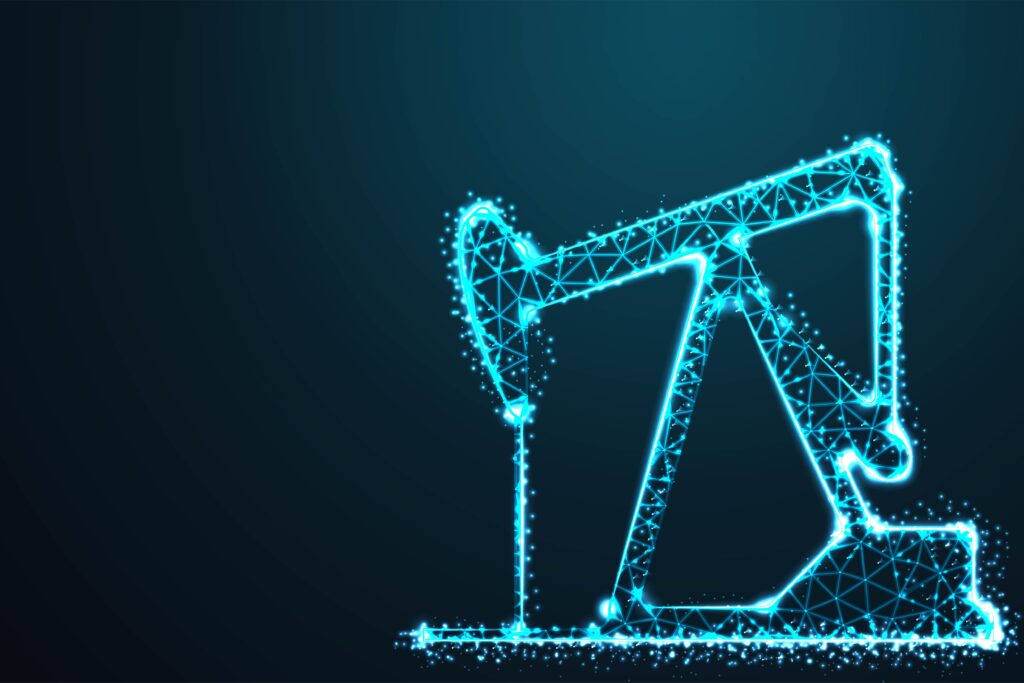Today, oil and gas companies all around the world can benefit from oil and gas software development and digital technologies investment. Computer solutions can reshape and transform the extraction, refining, and transportation of petrochemicals and oil products.
The oil and gas industry is very technology-intensive and demanding in terms of the capabilities of the software. If you want to get on top of this competitive sector, you need to identify solutions that would solve current issues and provide strategic leverage. This way, your business can be at an advantage thanks to oil and gas software.

10 Features That Should Be a Part of Oil and Gas Software
- Internet Of Things (IoT)
Oil and gas companies can use IoT technologies to improve output, ensure worker safety, optimize equipment, and monitor remote locations. Data can be collected in real-time through sensors that are installed inside wells, choke valves, and blowout preventers.
Oil and gas organizations can use this data to identify faulty equipment and respond quickly. IoT is also used for saving maintenance costs and obtaining deep visibility into equipment and operations.
- Artificial Intelligence (AI)
Artificial Intelligence and data science are used more and more in oil and gas software to solve difficult challenges in upstream, middle, and downstream operations. Predictive, prescriptive, and cognitive analytics are all supported by AI-powered systems that help in decision-making.
AI enables a boost in Return on Investment (ROI), by helping petroleum engineers and production managers deploy and implement innovative production and exploration concepts.
- Cloud Computing
Cloud Computing includes storing and processing data on remote servers, which relieves costly local memory and computational resources. In their everyday operations, oil and gas companies create massive amounts of data.
Cloud Computing and oil and gas software applications improve efficiency, scalability, and security while supporting digital transformation.
- Big Data and Analytics
Large volumes of unstructured data are generated daily in the oil and gas industry. Big data platforms help data analysts extract insights from production and performance data. Engineers who are trying to maximize production and keep reservoirs safe will also find this useful.
In addition, data from previous operations helps AI-driven models and algorithms be properly trained and tested. Oil and gas companies can get more value out of everyday choices by using big data analytics to reduce operational costs and carbon emissions.
- Automation and Robotics
Operators in the oil and gas industry usually work in dangerous and difficult environments, that can put their lives in danger, which is why oil and gas companies use robotics technologies to improve worker safety and increase operational speed.
In oil rigs and refineries, robots are also useful for surveying, inspection, and industrial automation. Process automation and robotics speed up processes and reduce required manpower, which leads to increased efficiency and reduction of human-caused errors.
- Predictive Maintenance
Predictive maintenance and operations include collecting data from sensors in field installations and combining it with machine learning algorithms. Engineers can quickly analyze equipment problems and provide timely maintenance solutions.
Predictive operations enable detailed visualizations of components combined with software systems, allowing oil and gas operators to predict future failures.
These parts of oil and gas software help increase safety, extend the life of installations, and save on maintenance and operational expenses.
- Visualization and 3D Modeling
Realistic representations of underground reservoirs and other oil and gas equipment can be created using 3D modeling and high-quality visuals. When combined with historical production data, 3D modeling simulates the production and injection stages of a reservoir. This helps predict the dangers to the reservoir’s safety.
Oil and gas engineers optimize plans of production and operations based on the data. Additionally, 3D modeling and visualization help reduce costs and risks and improve the performance of oil and gas assets.
- Systems for Manufacturing Execution (MES)
MES includes production facilities, operational technologies (for example, supervisory control and data acquisition), and computing systems for regulating the production process.
Engineers are looking for methods to monitor and regulate continuous operating processes in oil and gas equipment production, as those operations can be complicated.
Oil and gas production systems can be faster, safer, and more reliable, by utilizing MES’ intelligent design and integrated control.
- Technology-Based on Reality
Immersive technologies include virtual reality (VR), augmented reality (AR), mixed reality (MR), and extended reality (ER). VR/AR animations can improve productivity and reduce mistakes in the oil and gas industry by displaying real-time information about the equipment and tools.
Many businesses develop reality solutions for remote monitoring, downhole imaging, virtual training, exploration, and production.
- Blockchain
Smart contracts bring much-needed transparency and security to oil and gas documents and operations. Distributed ledgers are used to authenticate workers and contractors and store smart contracts.
Oil and gas companies can also use Blockchain to manage invoicing and post-trade settlements. In addition, Blockchain can bring benefits to hydrocarbon fleet tracking, retail B2C, trade, and intragroup billing.
Here at Value Shore, we specialize in providing complex services to over 30 countries and have deep expertise in integration, development, cloud/infrastructure management, and IT tech support services. We have a specific focus on the Oil & Gas industry in Scandinavian markets. If you want to learn more about how we can support your business, you can contact us today.
- AI in IoT: Benefits, Components, and Impact - April 10, 2025
- AI and Low-Code/No-Code: A New Era of Development and Innovation - February 25, 2025
- The Ultimate Guide to AI in IT Support: The Tools, Benefits & Challenges You Must Know - February 11, 2025
